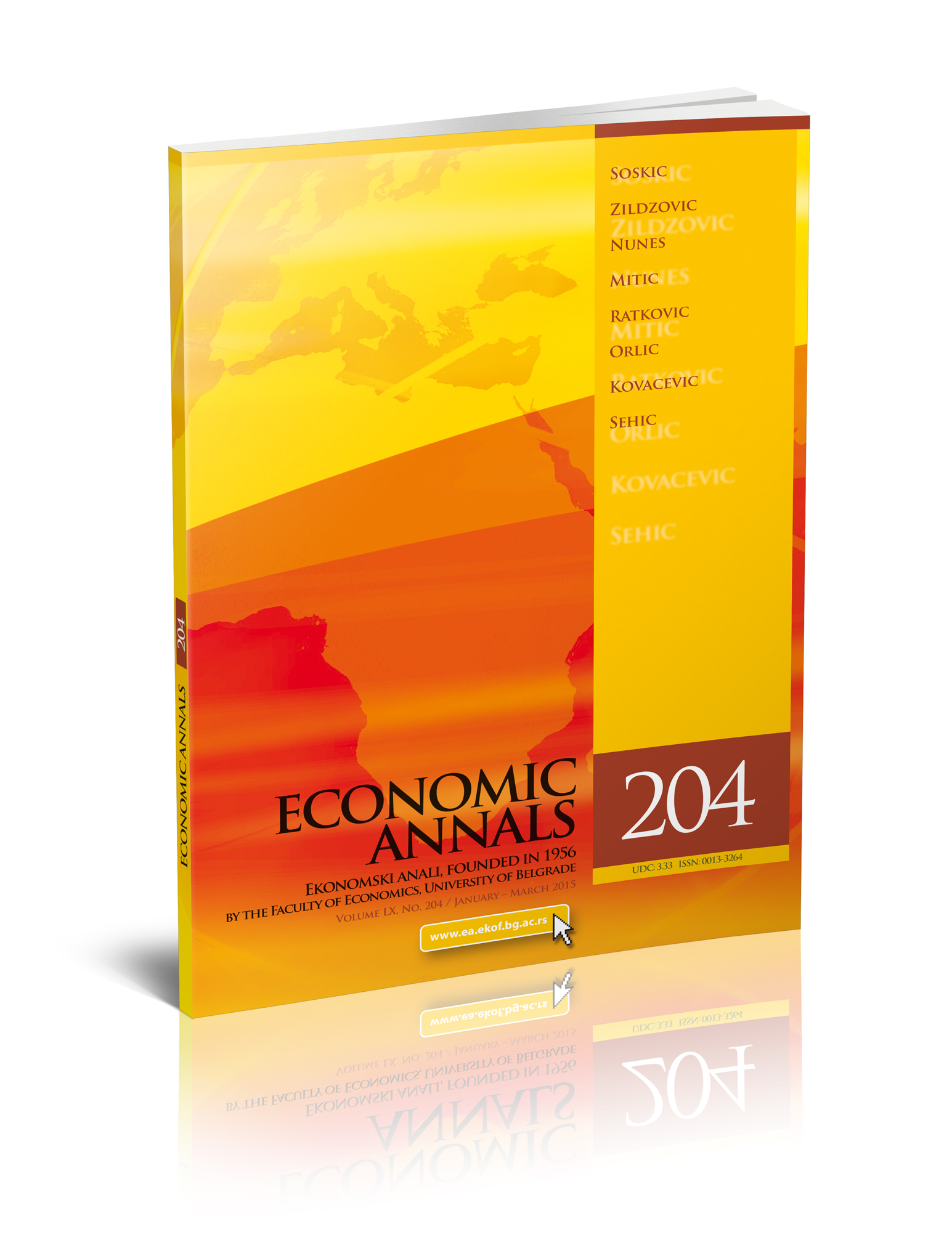PRICING STRATEGY IN THE CONTEXT OF DURABLE GOODS MONOPOLY WITH DISCRETE DEMAND
##plugins.themes.bootstrap3.article.main##
##plugins.themes.bootstrap3.article.sidebar##
Paulo Maçãs Nunes
Abstract
Considering a model of discrete demand with two consumers, this article shows that irrespective of the difference between the willingness to pay of consumers with high and low incomes, if interest rates are low, a durable goods monopolist has an advantage in discriminating prices over time. If the difference in willingness to pay is limited and interest rates high, the monopolist has an advantage in setting a price equal to the low-income consumer’s willingness to pay. Finally, in the case of great difference in willingness to pay and high interest rates, the monopolist has an advantage in setting a price equal to the high-income consumer’s willingness to pay, and not selling the durable good to the low-income consumer. The results show that the Coase conjecture can fail if the difference in willingness to pay is great, and interest rates are high.
##plugins.themes.bootstrap3.article.details##
Keywords
Coase Conjecture, Discrete Demand, Durable Goods, Willingness to Pay
JEL Classification
D21, D42
Issue
Section
Articles
How to Cite
Maçãs Nunes, P. (2015). PRICING STRATEGY IN THE CONTEXT OF DURABLE GOODS MONOPOLY WITH DISCRETE DEMAND. Economic Annals, 60(204), 61-74. https://doi.org/10.2298/EKA1504061N
How to Cite
Maçãs Nunes, P. (2015). PRICING STRATEGY IN THE CONTEXT OF DURABLE GOODS MONOPOLY WITH DISCRETE DEMAND. Economic Annals, 60(204), 61-74. https://doi.org/10.2298/EKA1504061N

